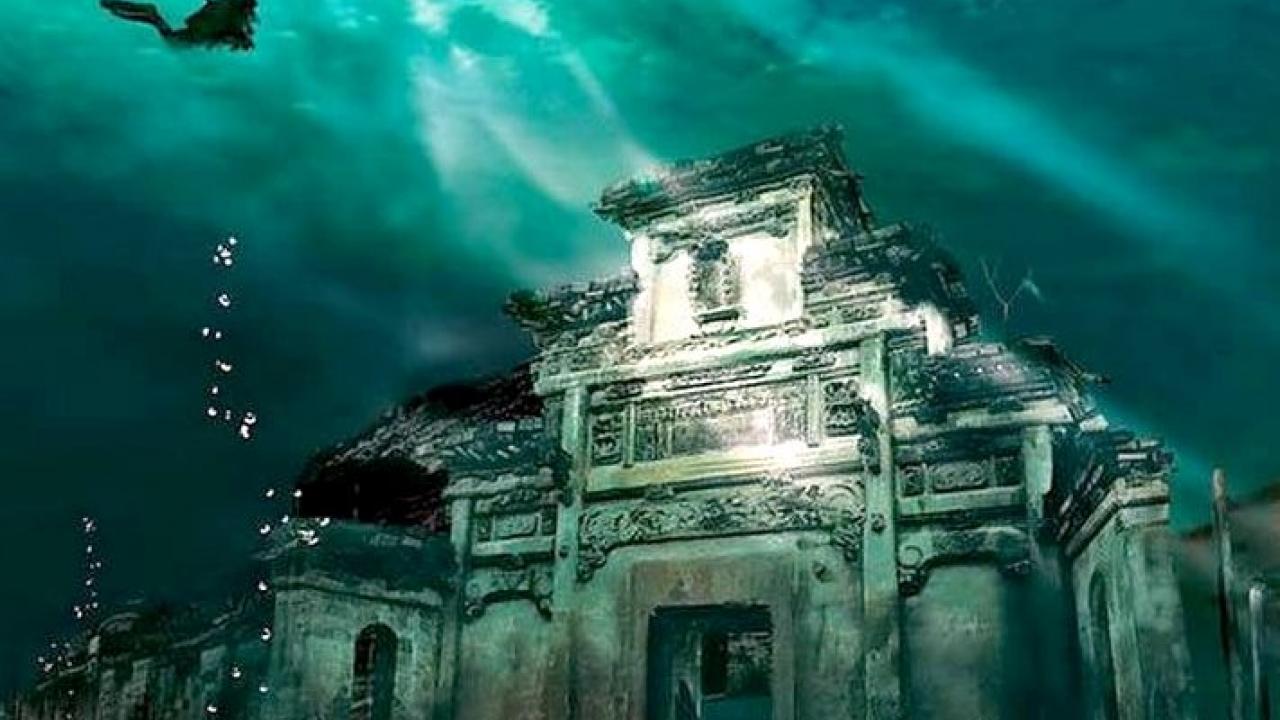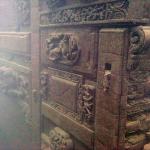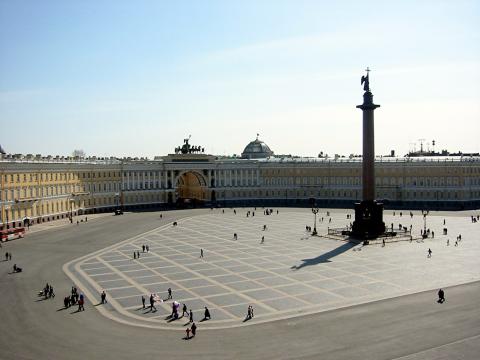Location
This real-life Atlantis is a labyrinth of adorned temples, memorial arches and dragon carvings. The ancient city, which is hidden 130 feet underwater, was once Shi Cheng – the centre of politics and economics in the eastern province of Zhejiang. It is believed the city of Shi Cheng (also known as Lion City, named for Wu Shi mountain) was built during the Tang Dynasty in 621 AD, making it nearly 1,400 years old.
But in 1959, the Chinese government decided a new hydroelectric power station was required - so built a man-made lake. Erecting a dam, the historical metropolis was slowly filled with water until it was completely submerged by the turquoise-blue water now referred to as Qiandao Lake. The city was laid down forgotten for 53 years.
Today, the ancient city is rediscovered and scuba diving trips are organized to the site by some Chinese tour operators.
At least Big Blue Scuba in Shanghai and Beijing Dragon Diving Club in Beijing are organizing trips to the site. The lake is roughly 400km from Shanghai and the duration of the drive will depend on where your boats starts.
The tour operators in Shanghai and Beijing offer the trip as a weekend package, including round trip transports, the dives, tanks and weights, food, and local accommodations. Rental gear is available if needed.
















